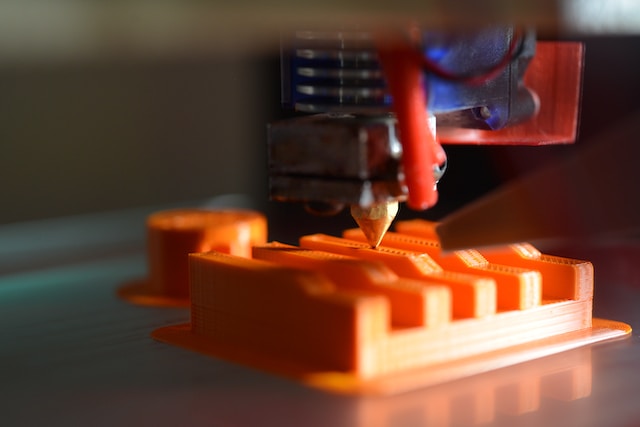3D printing has emerged as a game-changer in the realm of medicine, offering a suite of transformative advantages that have fundamentally altered patient care and treatment methodologies.
This technology has not only introduced novel approaches but has also revolutionized conventional practices across various medical domains. Its applications in the medical field have expanded rapidly, bringing about transformative benefits that have reshaped patient care, surgical procedures, and personalized treatment.
Here are five key advantages of 3D printing:
1. Patient-Specific Implants and Prosthetics
Traditional manufacturing techniques often struggle to meet the precise anatomical needs of patients. However, with 3D printing, medical professionals can create implants and prosthetics customized to an individual’s unique anatomy. This personalization minimizes the risk of the body’s rejection of these devices, enhances comfort, and improves functionality, whether it’s for a complex hip joint replacement or a facial prosthesis.
The ability to generate patient-specific models from medical scans allows for precise replication of intricate structures. For instance, cranial implants tailored to fit a patient’s skull contours can reduce surgery time and improve post-operative outcomes by providing an exact match.
2. Enhanced Surgical Planning and Education
Visualizing complex anatomical structures can be challenging, especially in intricate surgeries. 3D printing has revolutionized surgical planning by enabling the creation of accurate, tangible models based on patient-specific data. Surgeons can now meticulously plan procedures, simulate surgeries, and strategize the best approaches before operating.
Medical students and practitioners can also benefit from these 3D-printed models for educational purposes. These replicas offer a hands-on learning experience, allowing them to understand anatomy intricacies, practice procedures, and refine their skills in a risk-free environment.
3. Accelerated Research and Development
The innovation of 3D printing expedites the development of new medical devices and pharmaceuticals. Researchers can swiftly prototype various medical instruments, such as custom tools for minimally invasive surgeries or intricate drug delivery systems. This accelerated prototyping significantly reduces both the time and costs associated with traditional manufacturing methods.
In drug development, 3D printing facilitates the creation of precise dosage forms, enabling tailored medication for individual patients. This level of customization can improve drug efficacy and reduce adverse reactions, marking a significant stride toward personalized medicine.
4. Bioprinting for Tissue Engineering and Organ Transplants
One of the most groundbreaking applications of 3D printing in healthcare is bioprinting, which involves creating living tissues and organs using bio-inks composed of cells and biomaterials. Although still in its nascent stages, this technology holds immense promise for tissue engineering and organ transplantation.
By layering living cells and biomaterials, scientists aim to recreate functional tissues and organs. This innovation could potentially mitigate the shortage of donor organs, reduce transplant rejection rates, and provide patients with custom-made organs tailored to their biological specifications. However, it’s important to note the current challenges and limitations in bioprinting as the technology continues to evolve.
5. Cost-Efficiency and Accessibility
3D printing offers a cost-effective solution for producing customized medical devices, prosthetics, and models. With advancements in technology and material availability, the overall cost of 3D printing in the medical field is gradually decreasing, making it more accessible to healthcare facilities and patients. This technology has the potential to revolutionize healthcare in underserved areas or regions with limited resources. Remote locations can benefit from 3D-printed medical supplies, prosthetics, and even temporary surgical tools, addressing healthcare disparities and improving patient outcomes.
The integration of 3D printing technology in the medical domain has catalyzed a paradigm shift, fostering innovation, personalization, and efficiency. As it continues to advance, 3D printing technology is not just reshaping medical practices; it’s expanding the very horizons of healthcare.

